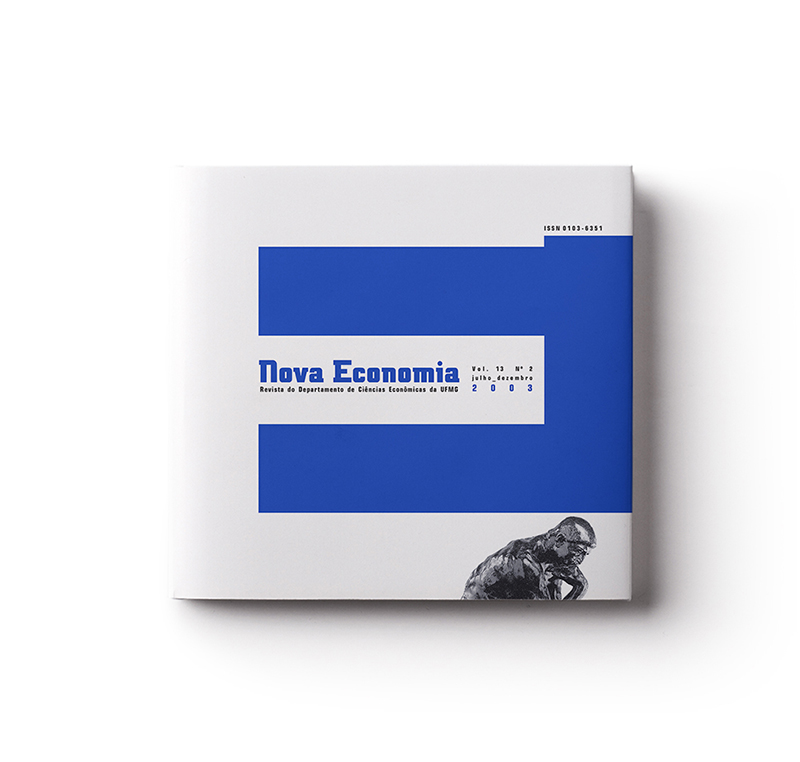Coeficientes de Gini locacionais – GL: aplicação à indústria de calçados do Estado de São Paulo
Keywords:
locational Gini coefficients, locational quotients, local production systems, spatial concentration.Abstract
This paper suggests a specific methodology to geographically locate and delimit local production systems, with an application to the leather and shoe industry of the State of São Paulo. Themethodology consists on the elaboration of location Gini coefficients (GL) for four-digit industries at municipal or micro region level from data in RAIS/MTE and PIA/IBGE. These location Gini coefficients indicate the branches of industry which are spatially concentrated. For the latter industries, location quotients (QL) by state micro regions are used in order to identify local production systems within these industries. The QL data, combined with data on the share of the micro region in total industry employment and number of industrial plants in the leather and shoe industry of the State of São Paulo, show
unequivocally that there are three main local production systems in the leather and shoe industry of the state: Franca, Birigui and Jaú. On the basis of field research work, these three
local systems are briefly characterized in regard to their location, territorial extension, production structure and integration, local institutions and forms of firm cooperation.
Downloads
Published
2009-05-31
How to Cite
SUZIGAN, W.; FURTADO, J.; GARCIA, R.; SAMPAIO, S. E. K. Coeficientes de Gini locacionais – GL: aplicação à indústria de calçados do Estado de São Paulo. Nova Economia, [S. l.], v. 13, n. 2, 2009. Disponível em: https://revistas.face.ufmg.br/index.php/novaeconomia/article/view/415. Acesso em: 30 mar. 2025.
Issue
Section
Regular Issue
License
Authors who publish with this journal agree to the following terms:
- Authors retain copyright and grant the journal right of first publication with the work simultaneously licensed under a Creative Commons Attribution 4.0 International License that allows others to share the work with an acknowledgement of the work's authorship and initial publication in this journal.
- Authors are able to enter into separate, additional contractual arrangements for the non-exclusive distribution of the journal's published version of the work (e.g., post it to an institutional repository or publish it in a book), with an acknowledgement of its initial publication in this journal.
- Authors are permitted and encouraged to post their work online (e.g., in institutional repositories or on their website) prior to and during the submission process, as it can lead to productive exchanges, as well as earlier and greater citation of published work (See The Effect of Open Access).




